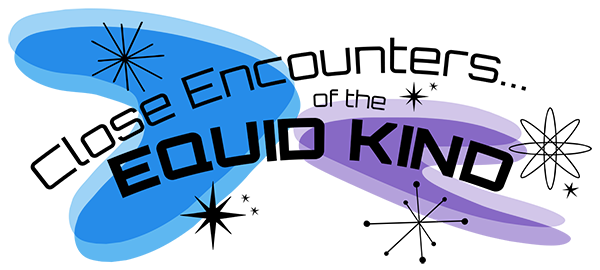Event Title
Empathetic Encounters: Horses and Humans in the Art of George Stubbs
Session
Session 2: Human-Horse Interactions
Location
Mary Tefft White Cultural Center, University Library
Start Date
29-9-2023 9:00 AM
End Date
29-9-2023 10:30 AM
Description
In eighteenth-century England horses were painted in a range of contexts such as racing and hunting scenes, and as individual, group and family equine portraits. The most well-known horse painter of the period was George Stubbs. His reputation was based on the artist’s detailed knowledge of equine anatomy, which was gained through meticulous dissections and culminated in the publication of The Anatomy of the Horse (1766). This illustrated treatise remained a touchstone for veterinarians until well into the nineteenth century. Its scientific naturalism forms the basis of Stubbs’ art but does not explain its somewhat elusive and enigmatic qualities.
My paper will focus on encounters between horses and humans, be they jockeys, trainers, grooms or owners. These are often depicted as more than just professional associations. I will argue that there is a discernible empathetic force in these encounters which I shall aim to locate in the emotive and relational aesthetic theories of Edmund Burke and the formal aesthetics of William Gilpin. These help us to understand Stubbs’s hunting and racing scenes not simply as visions of nature but of a society that is relational and ordered, instinctive and empathetic, and ultimately political.
Recommended Citation
Giebelhausen, Michaela, "Empathetic Encounters: Horses and Humans in the Art of George Stubbs" (2023). Equine History Collective Conference. 4.
https://docs.rwu.edu/equinehistory-conference/2023/friday/4
Empathetic Encounters: Horses and Humans in the Art of George Stubbs
Mary Tefft White Cultural Center, University Library
In eighteenth-century England horses were painted in a range of contexts such as racing and hunting scenes, and as individual, group and family equine portraits. The most well-known horse painter of the period was George Stubbs. His reputation was based on the artist’s detailed knowledge of equine anatomy, which was gained through meticulous dissections and culminated in the publication of The Anatomy of the Horse (1766). This illustrated treatise remained a touchstone for veterinarians until well into the nineteenth century. Its scientific naturalism forms the basis of Stubbs’ art but does not explain its somewhat elusive and enigmatic qualities.
My paper will focus on encounters between horses and humans, be they jockeys, trainers, grooms or owners. These are often depicted as more than just professional associations. I will argue that there is a discernible empathetic force in these encounters which I shall aim to locate in the emotive and relational aesthetic theories of Edmund Burke and the formal aesthetics of William Gilpin. These help us to understand Stubbs’s hunting and racing scenes not simply as visions of nature but of a society that is relational and ordered, instinctive and empathetic, and ultimately political.


